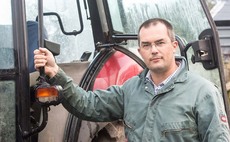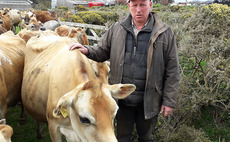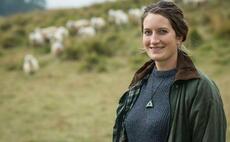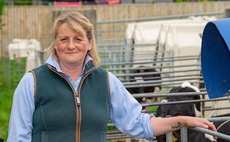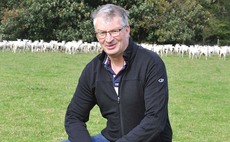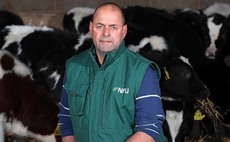Blogs
Livestock
It is that time of year again when there is intense tension between the agricultural community desperate to reduce bovine TB and those that seek to protect badgers.
Farm Life
The rollercoaster that is 2020 has changed again very quickly.
Arable
Kids are back at school, the nights are really drawing in and, thankfully, we’ve finished harvest.
Farm Life
Christopher Murley farms in partnership with his two brothers and parents at two neighbouring farms on the western tip of Cornwall. Higher Bojewyan farm has 180 autumn-calving pedigree Jerseys and Levant farm runs 120 spring-calving cows on the 370-acre mostly grass enterprise.
Farm Life
Resilience seems a popular word recently. Looking it up on Google tells me it means ‘the capacity to recover quickly from difficulties; toughness’. I quite like that and to me it sums up farming.
Arable
Despite the Met Office’s ninja showers, we have now completed our harvest.
Farm Life
Finally, the grass is recovering. It is at least an improvement to see our fields at home green again, having just spent a week in the Highlands of Scotland and north of England and seen grass galore up there.
Farm Life
A thread on Twitter about British wool recently, got me thinking. There has been lots in the farming press and social media about the very low price of wool most years, but particularly this year.
Livestock
You always know that autumn is drawing near as the movement of livestock in and out of our West Wales valley increases.
Farm Life
At the start of this year, I said 2020 could be the year of opportunity for dairy. Little did I know at the NFU Conference in February that we would all be facing a global pandemic and the many challenges which have arisen as a result of Covid-19.

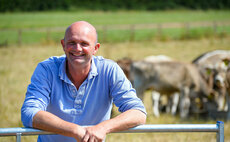
 20 September 2020
•
2 min read
20 September 2020
•
2 min read
